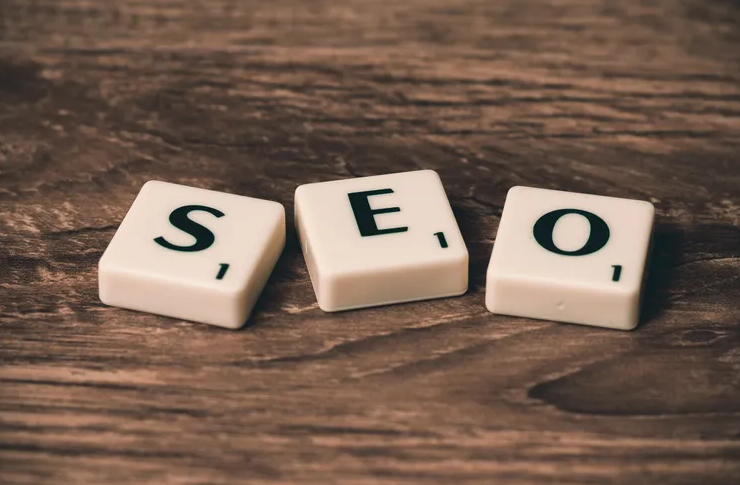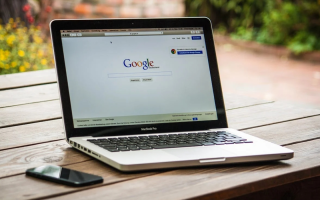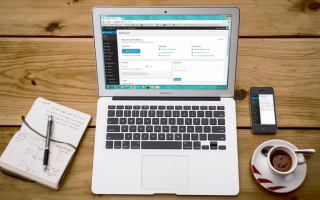During my years working in website development and optimization, I’ve discovered a frequently overlooked yet crucial element: Alt tags. In this era of information overload, images have become indispensable components of web content, conveying messages visually and capturing user attention. However, not all users can easily "see" these images—whether due to visual impairments or poor network conditions causing images to fail to load. This is where Alt tags step in as a bridge. They not only provide alternative descriptions of image content for these users but also serve as a vital component of search engine optimization (SEO).

I. Understanding Alt Tags: The Invisible Narrators of Web Content
1. Basic Definition of Alt Tags
An Alt tag, short for "alternative text," is an attribute within the HTML
`` tag that provides descriptive text when an image cannot be
displayed.
2. Why Are Alt Tags So Important?
Imagine a visually impaired user relying on a screen reader to browse a webpage. Alt tags act as their "key" to understanding image content. For search engines, Alt tags are critical for interpreting page content and improving image search rankings.
3. The Hidden Value of Alt Tags
Though subtle, Alt tags play a significant role in enhancing user experience, improving website accessibility, and boosting SEO performance.
II. Alt Tag Best Practices: A Dual Strategy for SEO and Accessibility
1. Be Specific, Avoid Vagueness
Alt text should be precise and descriptive. Avoid generic terms like "image" or "photo." For example, instead of "autumn leaves," write: "A vibrant red maple leaf falling in autumn sunlight."
2. Incorporate Keywords for SEO Benefits
Naturally integrate relevant keywords related to the image’s content to improve search engine rankings. Avoid keyword stuffing—keep it contextually appropriate.
3. Prioritize Accessibility for Diverse Users
Craft Alt tags with inclusivity in mind. Use clear, concise language to ensure accessibility for screen reader users and those with cognitive disabilities.
4. Tell a Story with Alt Tags
For product or scene images, add brief contextual narratives. Example: *"Handcrafted ceramic mug with rustic glaze, perfect for morning coffee rituals."
III. Frequently Asked Questions
Q1: How do Alt tags impact SEO?
A:Alt tags improve image visibility in search engines, help crawlers understand page context, and contribute to higher overall SEO rankings.
Q2: How to write Alt tags for different image types?
Product images:Describe the product name and key features.
Scenic photos: Capture the mood or atmosphere (e.g., *"Golden sunset over a misty mountain range").
Infographics/Charts: Summarize the data’s purpose (e.g., *"2023 global sales growth bar chart").
Q3: Is there a character limit for Alt tags?
A: While no strict limit exists, aim for brevity (under 150 characters) to ensure clarity and compatibility with screen readers.
Q4: Should decorative images have Alt tags?
A:Yes. Use `alt=""` (empty) for purely decorative images to signal screen readers to skip them, preserving content integrity.
In summary, Alt tags may seem small, but they hold immense power. They act as "eyes" for visually impaired users and "ears" for search engines. By crafting precise descriptions, integrating keywords, prioritizing accessibility, and adding narrative flair, you can leverage Alt tags to elevate both your website’s inclusivity and SEO performance.
Tags: alt tag








No comments yet, come on and post~